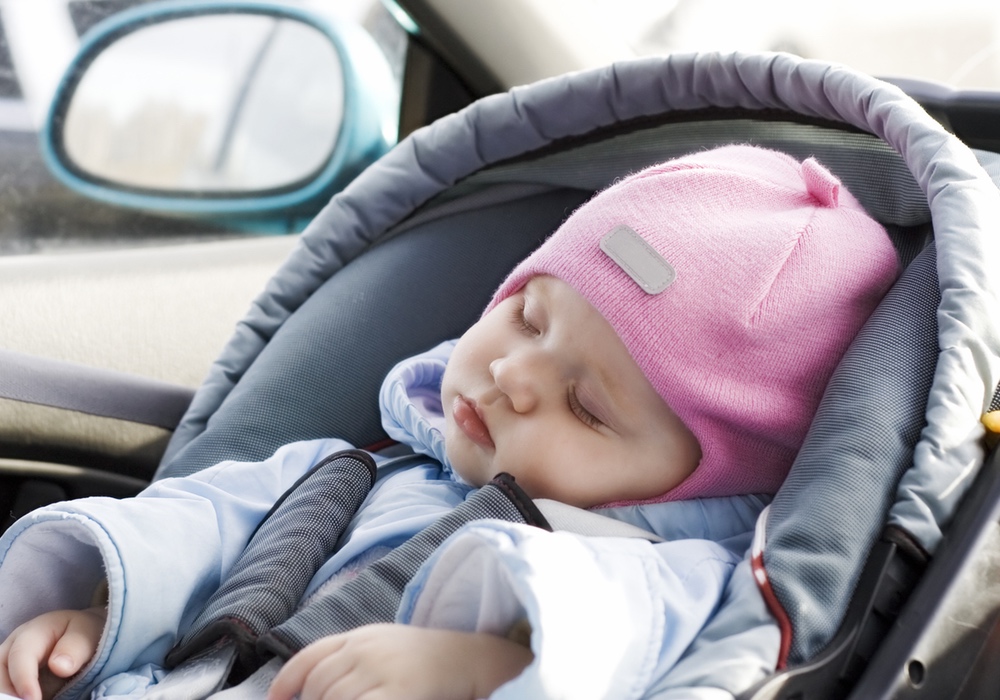When children are little, keeping them safe is one of their caregivers' most important responsibilities. So it is a little ironic that nursery products designed to help in the care of infants and toddlers — things like strollers, carriers, baby furniture, walkers and other items — are among the major sources of injuries among children under three years old.
The government has safety standards for these products, but parents and childcare providers don't always use them as directed, nor do manufacturers always follow guidelines. Even when products are recalled because of safety concerns, they often remain in use in homes.
In a study of injuries to infants and toddlers, researchers from the Center for Injury Research and Policy at Nationwide Children’s Hospital looked at nursery product-related injuries among children under three years of age from 1991 through 2011 using data from the National Electronic Injury Surveillance System. There were on average 66,278 injuries per year during that time. Nearly 90 percent of these injuries to children occurred at home; over half of them occurred during the first year of life.Nearly 90 percent of these injuries to children occurred at home; over half of them occurred during the first year of life.
The study found that baby carriers; strollers and carriages; cribs and mattresses; and baby walkers, jumpers, exercisers were the sorts of equipment most commonly associated with injuries.
Baby carriers were the source of over half of the injuries to children under the age of six months. Baby carrier injuries were often the result of a caregiver falling while carrying the baby in a carrier. For older kids — from 6 to 11 months — falls or head injuries from walkers, jumpers and exercisers accounted for a little over a third of injuries. Entrapment injuries, mostly affecting the head, neck and face, were associated with accidents connected to strollers, carriages, cribs and mattresses.
Having come up with a snapshot of the safety issues posed by infant and toddler paraphernalia, the researchers offered recommendations to help parents avoid them.
They call for strengthening the safety standards of new products that are being brought to the market, and since 90 percent of injuries occur at home, the authors call for emphasis on prevention in the home.
To increase car seat safety, they recommend that baby carriers, especially detachable car seats, should be inspected. Supporting devices and handles should be locked into position before moving the infant. Carrier seats should not be placed on elevated surfaces, or slippery surfaces such as glass tables, or on soft surfaces such as beds where if they tipped over they could lead to suffocation.
To avoid injury and entrapment, strangulation and suffocation from cribs and mattresses, caregivers should avoid bumper pads or soft objects, pillows and blankets in the crib and use only the mattresses that are designed for the crib to ensure a firm fit.To protect babies from tip-overs and falls from strollers, parents and caregivers should avoid using strollers on stairs, avoid hanging objects on stroller handles, and should not allow other children to play with or hang on to the stroller.
To protect babies from tip-overs and falls from strollers, parents and caregivers should avoid using strollers on stairs, avoid hanging objects like grocery bags on stroller handles, and should not allow other children to play with or hang on to the stroller. The researchers also urge parents to always use a safety belt and make sure they set a brake to prevent strollers from rolling away.
Baby products aren't necessarily safe simply because they are designed for little ones. No product is 100 percent safe. Follow safety directions and monitor infants' and toddlers' actions when using strollers, bouncers and cribs.





